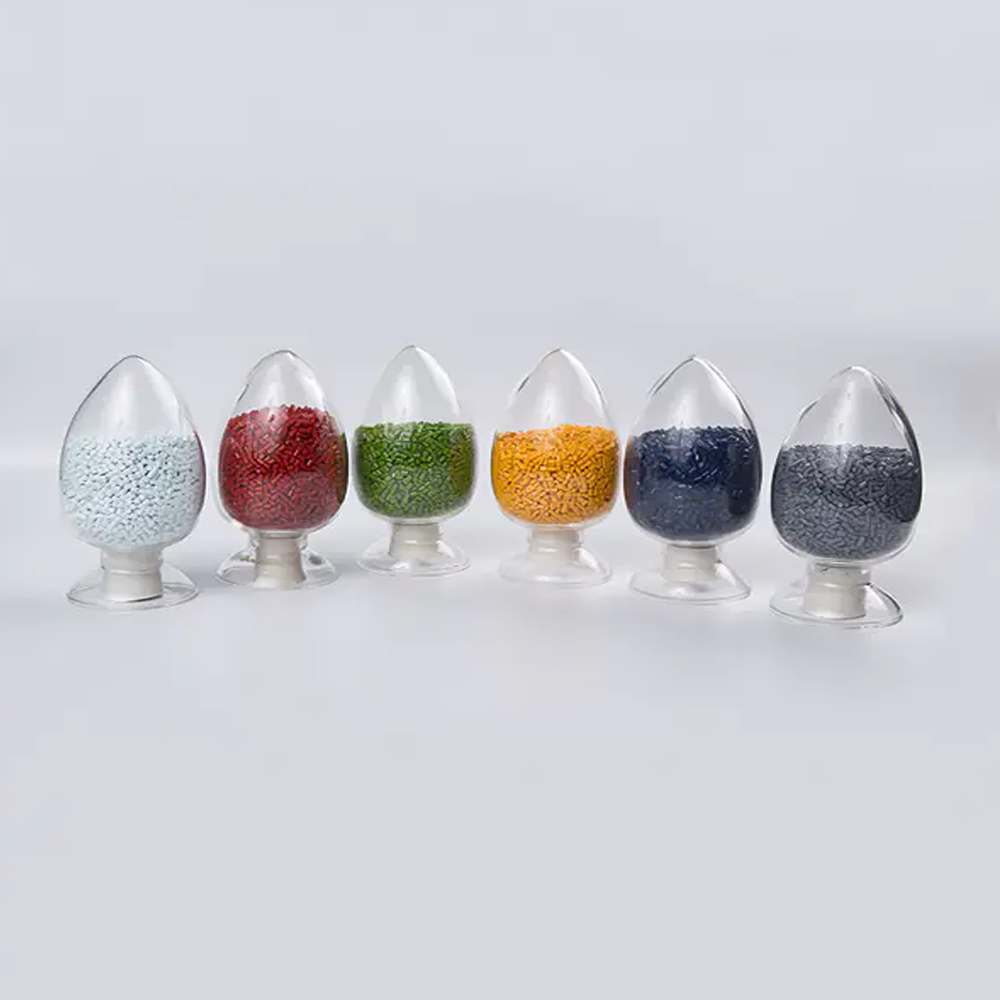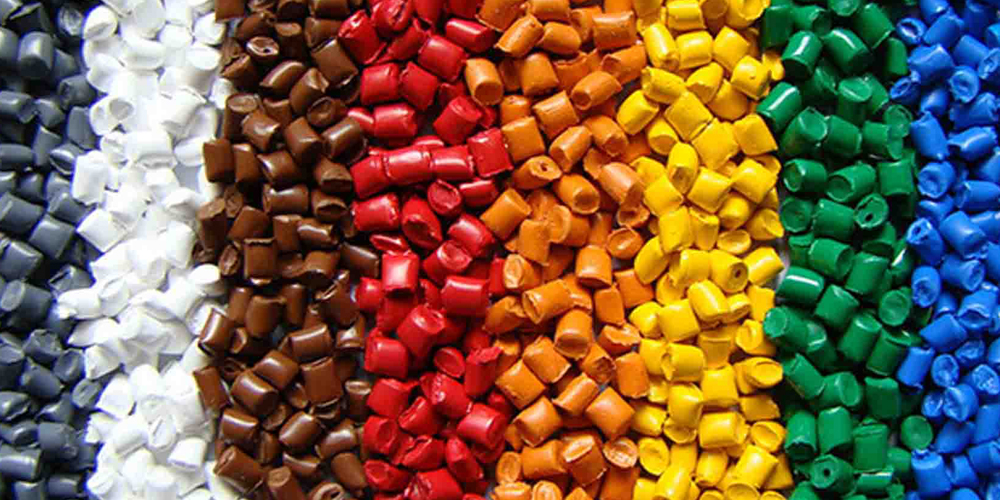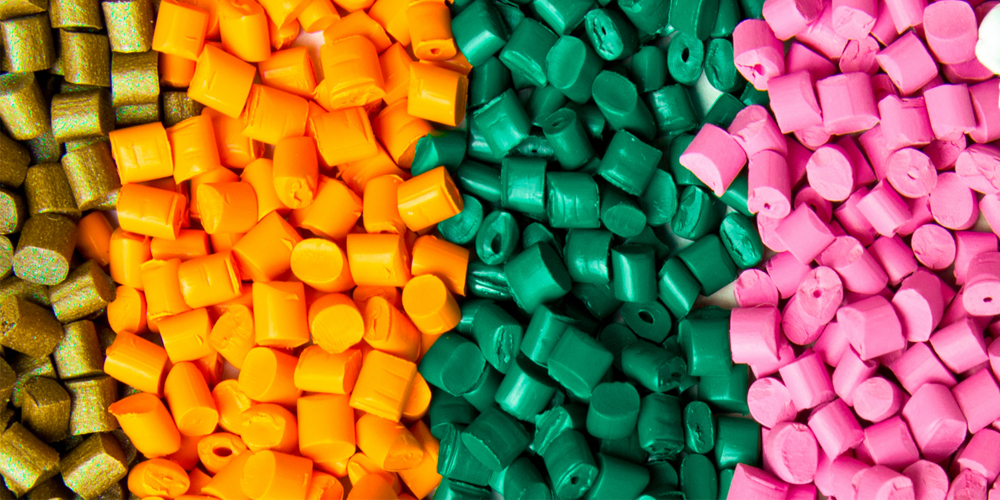
Top 10 Reasons to Opt for Masterbatches Instead of Pigments
In the realm of colorful plastics, the vibrancy we encounter in various products is attributed to the color concentrates utilized in their production. These colorants typically come in the form of pigments or masterbatches. Let’s delve into the distinctions between the two.







